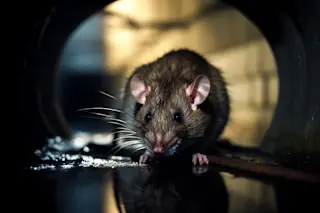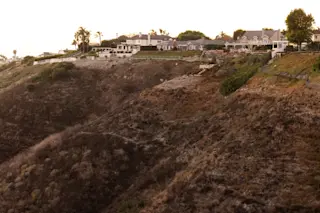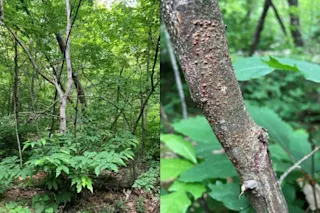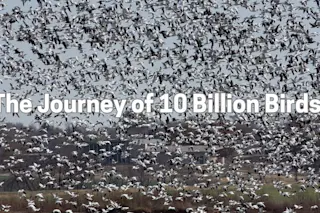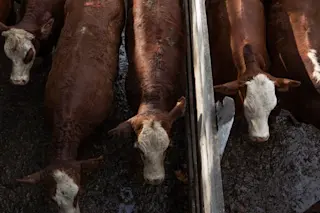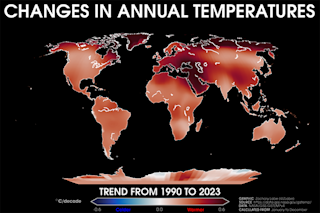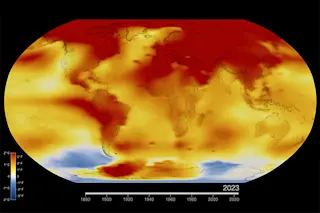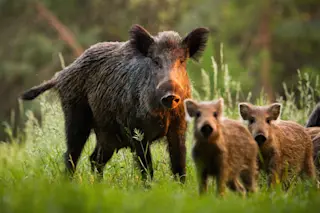As I wrote here several weeks ago, global warming is already changing South Florida's ecology. The difficulty facing land managers and field biologists is determining the extent of the change and what actions to take. After talking with a number of U.S. Fish & Wildlife Service staffers based in the southeast, I had the impression that their efforts would be hampered by a lack of hard data. It seemed to me that they were operating--for the moment--mostly on observation and gut feeling. So this new program tracking the effects of climate change in South Florida has to be welcome news to federal biologists. The Miami Herald reports that a joint effort by the Univerisity of Florida and the U.S. Geological Survey "will monitor when flowers open and whether wetlands plants are being adversely impacted by drought conditions." Additionally," monitoring stations" soon to be set up all around Florida
will keep tabs on whether plants that thrive in temperate areas "” for example, the dogwood "” are shifting their growth range north to escape rising temperatures.
Still, as the Miami Herald story documents, there is increasing evidence of "ample change" to Florida's diverse wildlife, from rising seas, warmer ocean temperatures, and storm surges. The debate over how to manage this shifting ecological landscape is sure to heat up soon.



